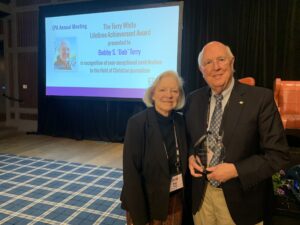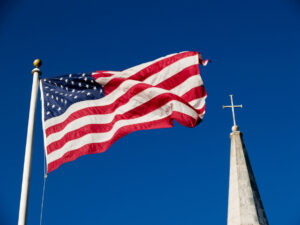
ALPHARETTA, Ga. (BP)–As part of its expanding emphasis on church planting, the North American Mission Board is dedicating up to $15 million for financing new church plants across North America.
The new church plant loan initiative was approved by NAMB’s board of trustees at their regular meeting on May 11. The board’s church finance ministry will continue to make loans to established, existing churches.
“We are serious about planting new churches and giving church planters all the tools and resources they need to be successful,” NAMB President Kevin Ezell said. “The new church plant loan program, recently approved by the trustees, is just another example of that.”
NAMB and its predecessor, the Home Mission Board, have been making loans to established churches since 1900. But this marks the first time NAMB has utilized its church loan resources specifically for creating new loan products for church plants, said Karl Dietz, director of church finance ministry for NAMB in Alpharetta, Ga.
Interest income from the loans flows directly back to North American missions. As of April 30, Dietz said NAMB had $135 million representing 428 outstanding church loans on its books.
Dietz, whose team consults with 600-800 churches seeking financial counsel and loans each year, said the new church plant loan program is designed for church plants that do not qualify under NAMB’s current underwriting guidelines but have commitments of outside support or sponsorship from an established Southern Baptist church.
The new program consists of five loan options. Three of the new loan products will be used for the purchase of a first unit facility or land for the church plant. The loan amount can go up to $3 million, based upon the outside support of the church plant. A fourth loan product will allow an existing SBC church to use part of its equity in its own facilities to go toward a church plant. Loan proceeds can be used for almost any purpose directed by the loan borrower.
The final new loan product (up to $50,000) can be used by a church plant for the purchase of equipment and furniture.
Dietz said NAMB’s underwriting guidelines will require that the new church plant be at least one year old; does not own its first building; is a self-governed, legal entity; and averages 40 adult attendees each Sunday. The plant must have documented financial support extending into the future at least two years.
The purchased property serving as the new church plant has to be owned, not rented, and can be a new or previously used church building, storefront or any other building.
“In today’s economy, we recommend to church plants that the best thing they can do at first is to buy an existing building and do renovations,” said Dietz, who noted that the new program’s interest rate will be the same as the current rate of 6 percent, which is subject to change. NAMB does not charge any additional fees beyond normal real estate closing costs, he said.
Dietz said it normally takes his team at NAMB 10 days to approve a loan if the church plant’s loan package is complete. Because of the number of people involved — appraisers, realtors, engineers, attorneys — it usually takes another 45-60 days for the loan to close.
“We’ve been doing this for over 100 years now,” said Dietz, referring to NAMB and HMB. “We’ve developed guidelines over the years that have been tested in good and challenging economies. We know how much debt a church can take on based on historical income, salaries and other expenses.
“A church that is healthy spiritually will be healthy financially. If you see a church doing a lot of the right things, that’s a healthy church. The challenge for NAMB is that when you make a loan to a church, you’re making a loan to an entity that doesn’t sell a product or service. It’s totally dependent on its members’ giving.”
In the wake of this spring’s devastating tornadoes and major flooding across the country, NAMB’s church finance ministry team also is offering a free resource, “After a Disaster,” a guide for churches whose properties have been impacted by disasters. The booklet is under “downloadable resources” at www.churchfinanceministry.com.
The booklet outlines what must be done immediately following any major disaster affecting a church; how to organize leadership teams; how to evaluate the impact of the disaster on facilities, finances and ministries; how to develop an action plan; how to rebuild and/or renovate; and how to partner.
For additional information, Dietz recommends that church planters, missionaries or pastors access NAMB’s church finance ministry website, www.churchfinanceministry.com, or call 1-800-759-5901. At the website are tools for modeling a loan based on the church’s finances, budgeting, recordkeeping and forecasting.
–30–
Mickey Noah writes for the North American Mission Board.















